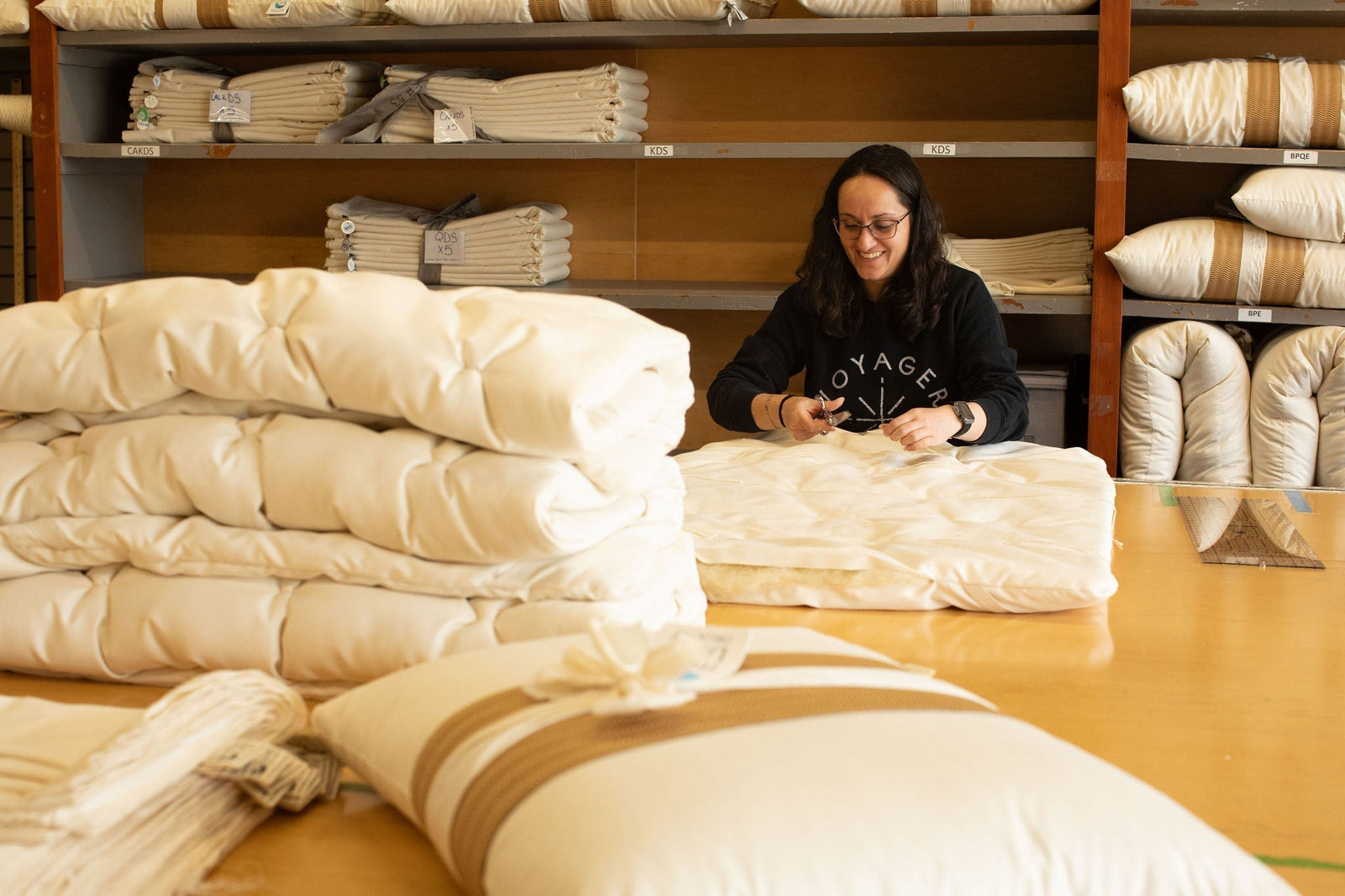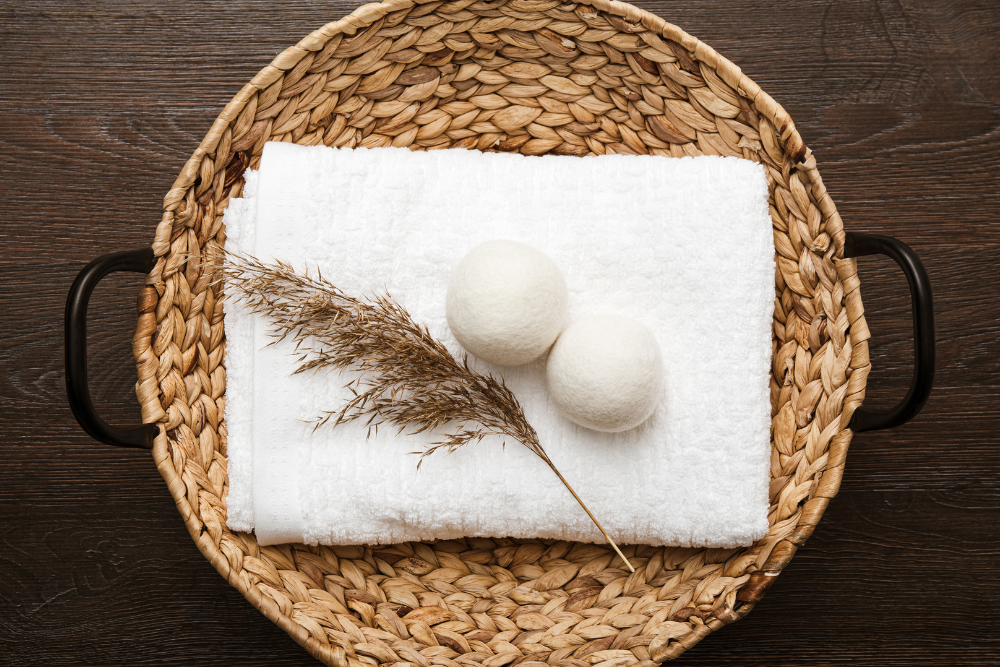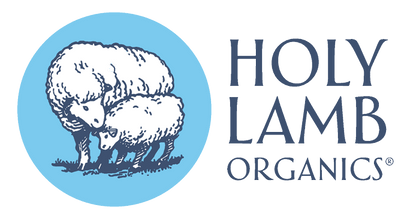Add description, images, menus and links to your mega menu
A column with no settings can be used as a spacer
Link to your collections, sales and even external links
Add up to five columns
Add description, images, menus and links to your mega menu
A column with no settings can be used as a spacer
Link to your collections, sales and even external links
Add up to five columns
Conventional vs. Organic Bedding: Why Your Choice Matters
junio 11, 2025 4 lectura mínima

When it comes to outfitting your bedroom with soft, comfortable bedding, the materials you choose can have a significant impact on the environment. In today’s world, where sustainability is more important than ever, making eco-conscious choices not only benefits your health, but also contributes to the well-being of our planet.
At Holy Lamb Organics, we believe that creating a peaceful, restorative sleep environment should not come at the cost of the Earth. That’s why we’re dedicated to providing bedding made from organic, sustainable materials, through ethical sourcing and fair labor practices all the way from the ranches to our production facilities in Oakville, Washington.
Choosing sustainable, non-toxic bedding over conventional options is one of the easiest and most effective ways to reduce your environmental footprint. This blog post explores factors such as water usage, pesticide exposure, and carbon emissions, to help you understand the full environmental impact of your bedding choices.
1. Water Use: The Hidden Cost of Conventional Bedding
One of the most significant environmental impacts of conventional bedding lies in the water usage associated with growing non-organic cotton, which is the most common material used in bed linens. Non-organic cotton farming requires vast amounts of water to irrigate the crops and maintain production. In fact, it takes about 2,700 liters of water to produce just one cotton T-shirt. When you extend this to bedding, the water usage can be astronomical.
On the other hand, organic cotton—a key component in Holy Lamb Organics’ bedding—requires far less water. Water conservation is an important piece of organic farming, meaning organic cotton production practices have the potential to reduce water usage up to 91% when compared to conventional cotton crops. Organic farming also promotes healthier soil, which can better retain moisture, further reducing water use.

2. Pesticides and Chemicals: A Toxic Burden on the Earth
Conventional cotton farming, in particular, is notorious for its heavy reliance on synthetic chemicals, pesticides, and herbicides. In fact, conventional cotton is one of the most pesticide-intensive crops in the world. These chemicals not only pollute the soil and waterways but also harm the health of farm workers and local communities.
In stark contrast, organic cotton farming strictly prohibits the use of synthetic pesticides and fertilizers. Instead, it relies on natural methods, such as crop rotation, composting, and biological pest control, to maintain soil health and prevent pest infestations. By choosing organic bedding, you’re supporting agricultural practices that protect ecosystems, reduce chemical exposure, and promote biodiversity.
At Holy Lamb Organics, our bedding is made with certified organic cotton fabric, ensuring that no harmful chemicals are used in its production - from the farm to your bed.
3. Carbon Emissions: The Hidden Greenhouse Gas Impact
When we talk about climate change, it’s easy to focus on high-emission industries like transportation or energy production. However, the textile industry, which includes bedding production, also has a significant carbon footprint. The production of synthetic fibers, such as polyester, and conventional cotton is highly energy-intensive, often relying on fossil fuels, which contribute to carbon emissions.
By comparison, organic bedding has a much lower carbon footprint. Organic farming methods, while still involving some energy use for harvesting and processing, tend to require less energy overall than conventional farming. In fact, organic cotton farming can reduce carbon emissions by up to 46% when compared to conventional methods.

4. Durability and Waste: The Longevity of Organic Bedding
While conventional bedding made from synthetic fibers like polyester or nylon may seem affordable upfront, these materials don’t last as long as organic alternatives. Synthetic fibers tend to lose their softness and integrity after repeated washings, leading to more frequent replacements. The result? Increased textile waste.
Organic bedding, especially when made from materials like organic cotton, wool, or linen, is known for its durability. These natural fibers hold up better over time, reducing the need for constant replacements. When your bedding lasts longer, it reduces the environmental strain caused by the production and disposal of bedding. Plus, when organic fibers eventually wear out, they are biodegradable, meaning they won’t contribute to the growing problem of textile pollution in landfills.
5. The Role of Natural Dyes and Finishes
Many conventional bedding brands use synthetic dyes and finishes that contain harmful chemicals for easy washability. These chemicals can leach into the environment during production and disposal, causing soil and water contamination. The process of dyeing and finishing conventional bedding is also energy-intensive, contributing further to carbon emissions.
At Holy Lamb Organics, we use undyed fabrics to ensure that our bedding is not only safe for you, but also for the planet. By choosing organic bedding made with undyed fabric or fabric dyed with GOTS certified organic dyes, you’re avoiding harmful chemicals and supporting a more sustainable approach to textile production.
6. Supporting Fair Labor and Ethical Practices
In addition to the environmental benefits, choosing organic bedding also supports fair labor practices and ethical farming. Organic farms are often smaller-scale, family-owned operations that prioritize the well-being of their workers and the communities they serve. In contrast, conventional cotton farming can involve exploitative labor practices and unsafe working conditions, especially in regions with little oversight.
By supporting organic bedding brands, you’re also supporting fair wages, safer working conditions, and a more equitable supply chain through the entire process.

The Takeaway: Why Organic Bedding is Worth the Investment
While the initial cost of organic bedding may be higher than conventional options, the long-term benefits are undeniable. Choosing organic bedding means reducing your water consumption, avoiding harmful pesticides and chemicals, cutting your carbon footprint, and investing in products that are made to last longer. Not only are you getting a more comfortable and healthier sleep environment, but you’re also contributing to the broader movement of sustainability.
At Holy Lamb Organics, we’re proud to offer bedding that aligns with our commitment to sustainability and environmental stewardship. By choosing our organic products, you’re making a positive impact on both your own well-being and the planet.
So, the next time you’re shopping for bedding, consider the true cost of your choices, and choose organic.
Dejar un comentario
Los comentarios se aprobarán antes de mostrarse.
Ver artículo completo

Wool Dryer Balls: The Sustainable, Healthy Swap Your Laundry Needs
septiembre 01, 2025 3 lectura mínima
One of the simplest changes you can make toward a healthier, more sustainable home is swapping out single-use dryer sheets for long-lasting wool dryer balls. Unlike dryer sheets, which release synthetic fragrances, harsh chemicals, and microplastics with every load, wool dryer balls offer a clean, natural alternative that’s better for you, your family, and the planet.

Helping Kids Get the Sleep They Need: A Back-to-School Sleep Guide
agosto 08, 2025 4 lectura mínima
If the summer break turned your little one into a night owl, don’t worry, you’re not alone. Many parents are wondering how to guide their children back into healthy sleep routines that support their growth, learning, and overall well-being.
The good news? With a few thoughtful changes and some cozy rituals, getting your kids back on track can be gentle, natural, and even enjoyable.

Plastic Free July: A Nudge Toward a Waste-Free World
julio 18, 2025 4 lectura mínima
As summer heats up, so does a global conversation that’s close to our hearts at Holy Lamb Organics - Plastic Free July!
At Holy Lamb Organics, we believe true comfort shouldn't come at the cost of the Earth. Join us as we explore what Plastic Free July means, why it matters, and how small swaps—yes, even in your bedding—can lead to big change.
Subscribe
Sign up to get the latest on sales, new releases and more …
